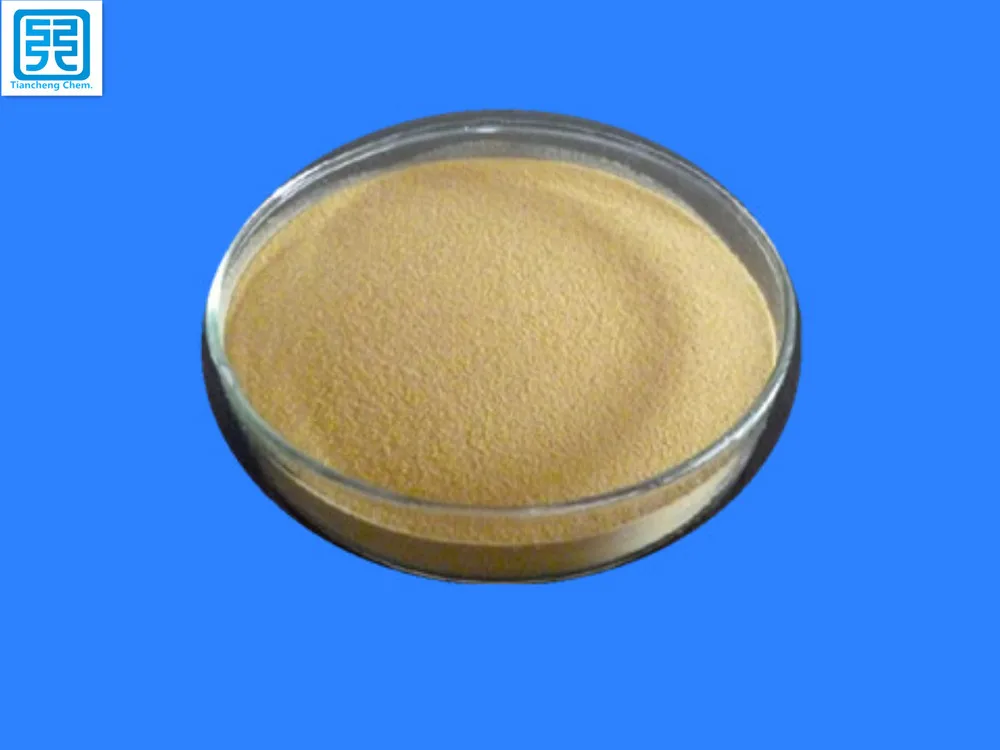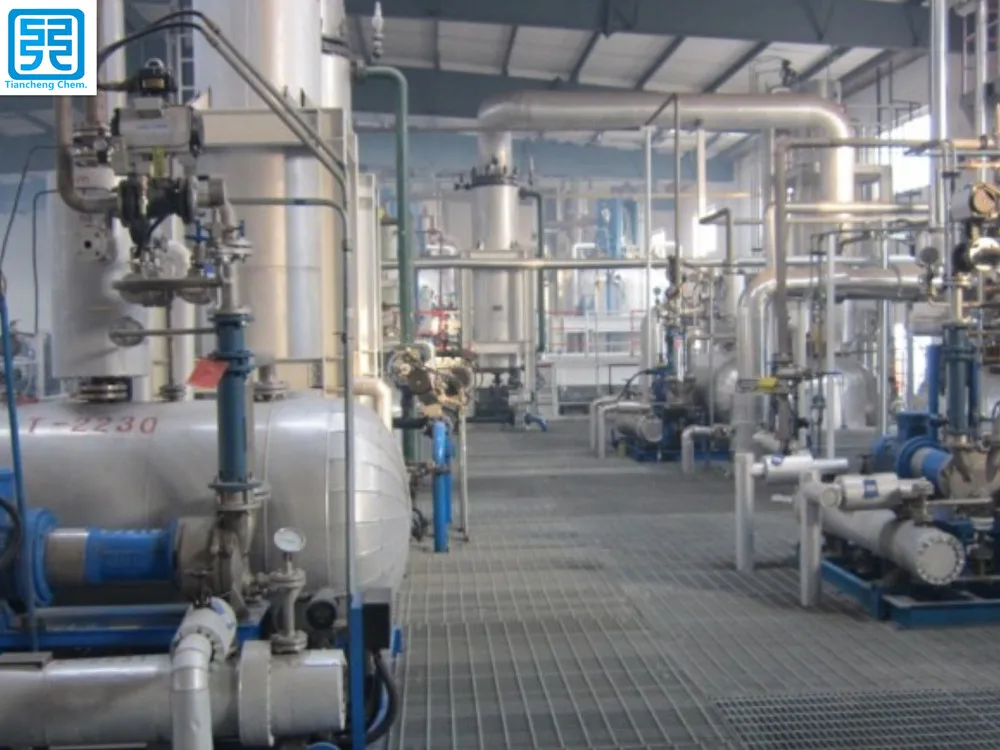Human cyclic adenosine monophosphate (cAMP) ELISA kit
 ( used in serum, plasma, cell culture supernatants and other biological fluids )
principle
This experiment used double antibody sandwich ABC-ELISA. The anti-human cAMP monoclonal antibody is coated on the microtiter plate, the cAMP in the standard and the sample is combined with the monoclonal antibody, biotinylated anti-human cAMP is added, and the immune complex is formed on the plate, horseradish peroxidase The labeled Streptavidin is combined with biotin, and the substrate working solution is blue. Finally, the stop solution sulfuric acid is added, and the OD value is measured at 450 nm. The cAMP concentration is proportional to the OD value, and the cAMP concentration in the sample can be obtained by drawing a standard curve.
Kit composition ( 2-8 ° C preservation)
Coated Wells | 96 holes | Enzyme Conjugate | 12ml |
10× specimen dilution (Sample Buffer) | 12ml | 20×Wash Buffer | 50ml |
Standards: 10pmol/bottle | 2 bottles | Substrate working fluid (TMB Solution) | 12ml |
Primary antibody working solution (Biotinylated Antibody) | 12ml | Stop Solution | 12ml |
Prepare reagents and collect blood samples
1. Collection of specimens: serum, plasma (EDTA, heparin anticoagulation), cell culture supernatant, tissue homogenate, etc., as soon as possible, stored at 2-8 ° C for 48 hours; longer time must be frozen (-20 ° C or -70 ° C ) Save to avoid repeated freezing and thawing. Serum and plasma were diluted 1 : 100 (take 10 ul, add 990 ul of diluted solution, dilute 100 times), dilute the urine 2 times (take 100 ul, add 100 ul of the diluted solution, dilute 2 times) and test. The cell culture supernatant can be directly detected without dilution.
2. Standard solution preparation: Add 0.5 ml of distilled water before use and mix well to prepare a solution of 20 pmol/ml. Set 8 tubes of standard tubes, and add 300 ul of standard dilution solution to each tube. Add 300 μl of a standard solution of 20 pmol/ml to the first tube, mix and aspirate 300 ul with a pipette, and transfer to a second tube. Repeat the dilution in this way, and remove 300 ul from the seventh tube and discard it. The eighth tube is a blank control.
3. The 10× specimen dilution was diluted 1:10 with distilled water (example: 1 ml concentrated dilution + 9 ml distilled water).
4. Washing solution: diluted 1:20 with distilled water (example: 1 ml concentrated washing solution added to 19 ml of distilled water)
Test procedure
1. Loading: Add 100 ul of standard or sample to be tested in each well. Mix the reaction plate thoroughly and let it stand at 37 °C for 120 minutes.
2. Wash the plate: Wash the plate thoroughly with washing solution 4-6 times, and dry it on the filter paper.
3. Add 100 ul of the first antibody working solution to each well. The reaction plate was thoroughly mixed and placed at 37 ° C for 60 minutes.
4. Wash the board: the same as before.
5. Add 100 ul of enzyme-labeled antibody working solution per well. The reaction plate was placed at 37 ° C for 30 minutes.
6. Wash the board: same as before.
7. Add 100 ul of substrate working solution to each well and let it react at 37 ° C for 15 minutes in the dark.
8. Add 100 ul of stop solution to each well and mix.
9. Measure the absorbance at 450 nm using a microplate reader within 30 minutes.
Result calculation and judgment
1. All OD values ​​should be subtracted from the blank value before calculation.
2. Take the standard products 10, 5, 2.5, 1.25, 0.625, 0.312, 0.156, 0 pmol/ml as the abscissa and OD as the ordinate. Draw on the coordinate paper and draw the standard curve.
3. Find the corresponding cAMP content on the graph based on the OD value of the sample, and multiply by the dilution factor.
Kit performance
1. Sensitivity: The minimum cAMP detection concentration is less than 0.8 pmol/ml.
2. Specificity: Recombinant or natural human cAMP can be detected simultaneously. Does not cross-react with other human cytokines.
3. Repeatability: The coefficient of variation in both the plate and the plate is less than 10%.
Precautions
1. It is recommended to make double holes for the above standard holes and samples to be tested. The standard curve should be made at the same time for each measurement.
2. The washing process is critical. Insufficient washing will result in an accuracy error and an erroneous rise in the OD value.
3. After the slats are opened, the remaining slats should be sealed again to keep the slats dry .
4. This kit should be stored in a 4oC refrigerator.
5. This kit is for scientific research only and cannot be used for clinical diagnosis!
Dispersant N
1. Chemical Composition:sodium methylene bis-naphthalene sulfonate
Appearance: beige brown powder
Solubility: soluble in water of any hardness
PH value: in 1% water solution, PH = 7-9
Performance: good diffusion and protective colloid, and no penetration and foaming .
Ion: anionic.
Stability: resistance to acid, alkaline, hard water, salt.
Affinity: have an affinity for protein and polyamide fibers, for cotton, hemp and other fibers no affinity.
Miscibility: may mix with anionic and non-ionizing surfactant simultaneously.

2. Specifications indicators
|
Items
|
Indicators
|
|
Type
|
First Grade
|
Qualified
|
|
Appearance
|
Beige brown powder
|
Beige brown powder
|
|
Dispersancy (Standard substance)
|
≥100%
|
≥95%
|
|
PH Value (1% water solution)
|
7-9
|
7-9
|
|
Sodium sulfate content
|
≤3%
|
≤5%
|
|
Fineness (residuals of 60 mesh/screen)
|
≤5%
|
≤5%
|
|
Calcium and magnesium ions, Ppm≤
|
1000
|
4000
|
|
Impurities (non soluble in water)
|
0.05%
|
0.10%
|

3. Application
Printing and dyeing industry: mainly used for dyeing vat dyes suspension, leuco acid staining, dispersion and soluble vat dyes dyeing. Also be used for silk / wool interwoven fabric dyeing, the yarn is no color. Mainly used for industrial dye dispersion and diffusion of color lakes manufacturing additives.
Building materials industry: as early strength cement water reducing agent, the amount of 0.5-1% by cement after the shock has good dispersion effect, increasing the strength of cement. Diffused N of concrete tensile strength, impermeability, frost and compressive modulus of elasticity are improved, no corrosion of steel effect.
Pesticide industry: It can be widely used in wettable pesticides, with good dispersion and solubilization, can significantly improve the efficacy, dosage according to product requirements. Example: buprofezin, the amount of 3-5 %; thiophanate amount of 0.8-1.5 %, 0.8-1 % Kai Ling vegetables.
Electroplating industry: the color is added, crossing pigment dispersants N allows uniform dispersion can significantly improve the plating surface brightness, and the amount is usually 10% of the pigment.
Rubber industry: rubber (latex) of industrial production process, the dispersed substances such as sulfur accelerator, antioxidant zinc oxide fillers ( such as barium sulfate , calcium carbonate ), etc., added to the dry weight of a dispersing agent N2-4% , 10% dispersant solution prepared in advance , and along with the other components in a ball mill grinding , can improve the dispersion effect and shorten the milling time .
Packing: 25kg bags.
Storage: two years and must be upload and download lightly.
Dispersant N,Dispersant,Dispersing Agent Nno,Dispersing Agent
Shandong Tiancheng Chemical Co., Ltd. , https://www.tianchengchemical.com


